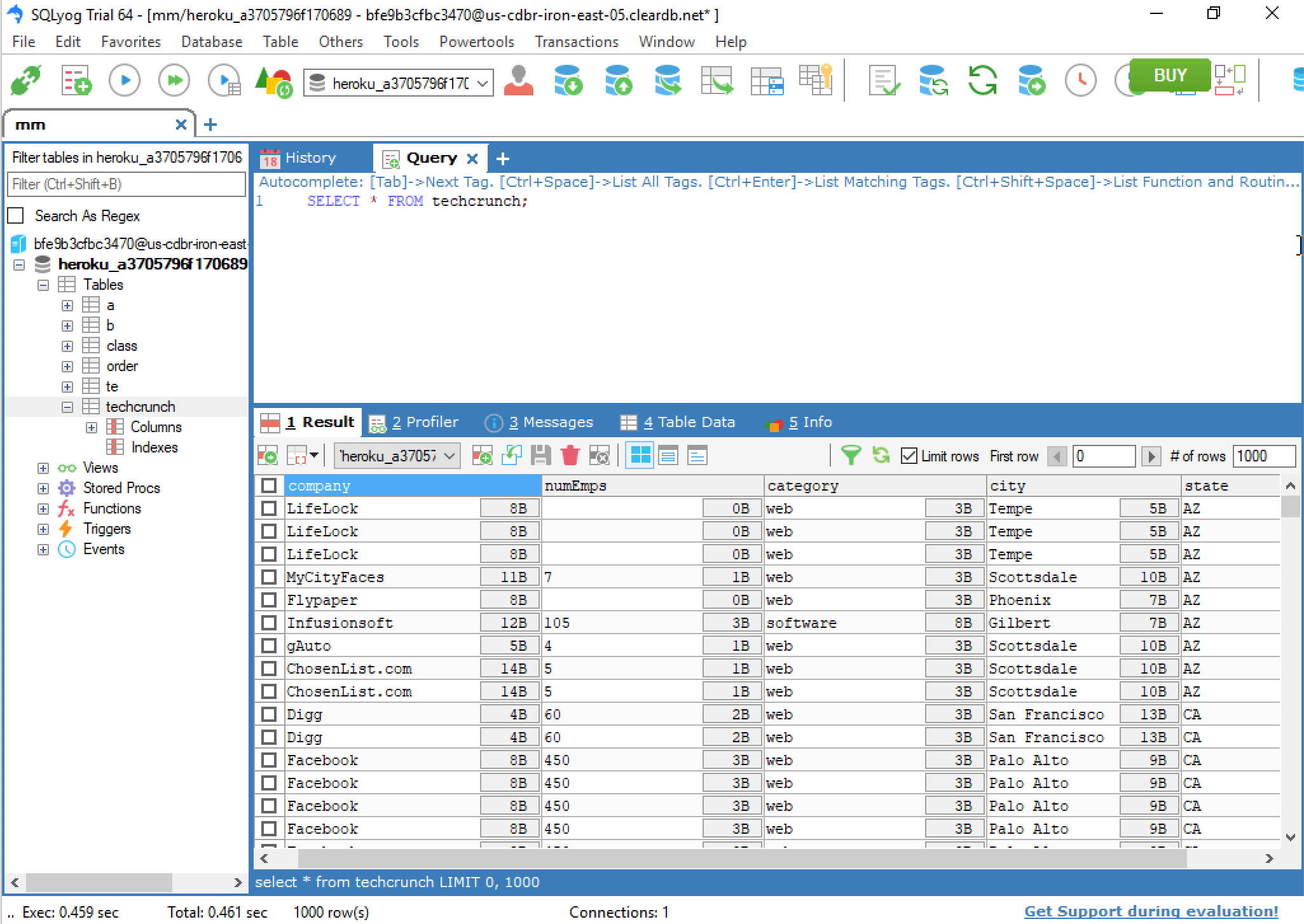

Note that the user who is launching the client must have read permission for Ssl-key = /etc/mysql/certificates/cert.key Ssl-cert = /etc/mysql/certificates/cert.pem Local locations, the following lines are required in the MySQL/MariaDB clientĬonfig ('/etc/mysql//50-client.cnf'): TurnKey instance, assuming that the files have been downloaded to the same etc/mysql/certificates/cert.key # The key fileįor example, to use the commandline MySQL/MariaDB client from another etc/mysql/certificates/cert.pem # The certificate file etc/mysql/certificates/ca.pem # The CA certifcate

These, or reconfigure it to your desires.
#Mysql workbench disable ssl download
You will need to download the relevant files and configure your client to use Self-signed certificates, signed by a custom CA cert are all generated onįirstboot and stored in '/etc/mysql/certificates'. SSL) and/or the 'turnkey-mysql-ssl' commandline tool. If desired it can be disabled (and re-enabled) via theĬonfconsole plugin (Advanced > System Settings > MySQL remote SSL is now enabled and required for remote TCP connections to the SSL now enabled (and required) for the "remote" user New remote user usernameĪs of v16.0+ the default "root-like" user is now named However, since v16.0 there have been some changes.

Listens on all interfaces via (default MySQL/MariaDB) port You noted 192.168.1.100, so I'm guessing that's what's showing in Virtualbox, assuming so, use that.Īnd if that works, please check the "Quick start" tab for further info.įor what it's worth, I'll repeat it here:Īs per all previous releases, by default TurnKey MySQL (MariaDB) appliance So try that in your web browser (if you haven't already). So first it'd be good to know if you can connect ok to the server.


 0 kommentar(er)
0 kommentar(er)
